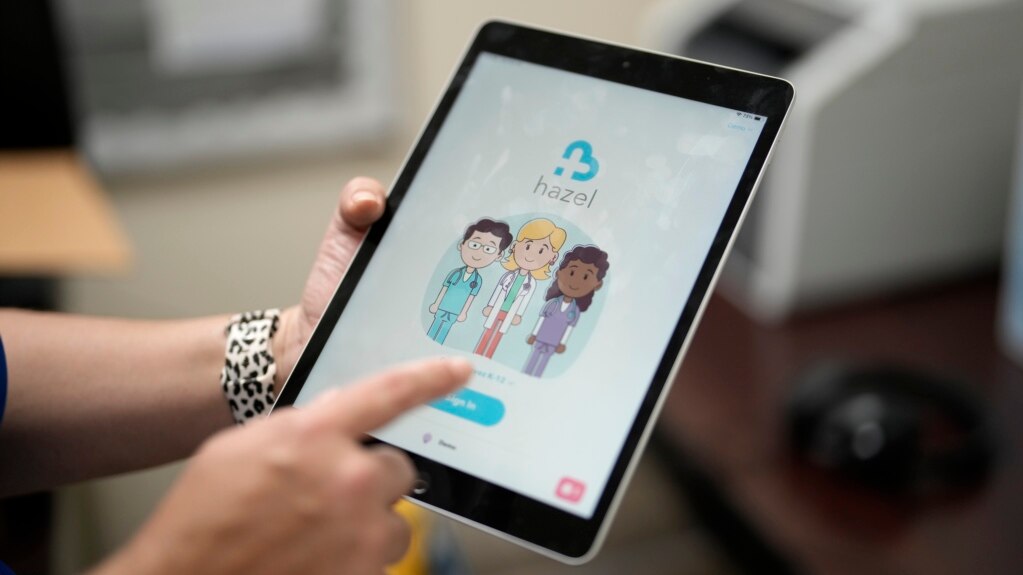Public schools in the United States are increasingly employing online mental health services, or teletherapy, for students.
At least 16 of the 20 largest American public school systems are offering online therapy to reach millions of students, reports the Associated Press. In those systems alone, schools have signed provider contracts worth more than $70 million.
The business model is making so much money that venture capitalists are investing in new companies as the market grows. However, some experts have raised concerns about the quality of care offered by fast-growing tech companies.
But educators say teletherapy works for many kids and is meeting a large need. Schools are also experiencing shortages in on-site therapists. Online help has made therapy more easily available to children, especially poorer students and those in rural areas. Schools let students connect with online counselors during the school day or after hours from home.
Ishoo is a mother of two in Lancaster, California. She struggled to help her second-grade daughter deal with severe anxiety.
Last spring, her school district started a teletherapy program and Ishoo signed up her daughter. During a month of weekly video sessions at her home, the girl opened up to a therapist. The therapist gave the student tools and techniques to reduce anxiety.
“She learned that it’s OK to ask for help, and sometimes everyone needs some extra help,” Ishoo said.
The 13,000-student school system, like many others, has counselors and psychologists on staff. But it is not enough to meet the need, said Trish Wilson, the Lancaster supervisor of counseling.
Therapists in the area have full caseloads, making it impossible to offer students immediate care, she said. Students rarely have to wait long for an online session.
Students and their parents said in interviews they turned to teletherapy after struggling with feelings of sadness, loneliness, stress and anxiety. For many, returning to in-person school after distance learning was very difficult.
Schools are using federal pandemic relief money to pay for help as experts have warned of worrying rates of youth depression, anxiety and suicide. Many school districts are signing contracts with private companies. Others are working with local health care providers, nonprofits or state programs.
Mental health experts welcome the extra support but warn about possible risks. For one, it is getting harder to employ on-site school counselors and psychologists. Competition with telehealth providers is not helping.
“We have 44 counselor vacancies, and telehealth definitely impacts our ability to fill them,” said Doreen Hogans. She is supervisor of school counseling in Prince George’s County, Maryland. Hogans estimates 20 percent of school counselors who left have taken teletherapy jobs. The jobs often provide more favorable working hours than the schools.
The quick growth of the companies raises questions about the quality of the therapists, and their experience with children and privacy, said Kevin Dahill-Fuchel. He is executive director of Counseling in Schools, a nonprofit that helps schools improve traditional, in-person mental health services.
One of the biggest providers is San Francisco-based Hazel Health. It started with telemedicine health services in schools in 2016 and expanded to mental health in May 2021, CEO Josh Golomb said. It now employs more than 300 therapists providing teletherapy in over 150 school districts in 15 states.
Other providers are getting into the space. In November, New York City started a free telehealth therapy service for teens to help end barriers to access, said Ashwin Vasan, the city's health commissioner. New York is paying the company TalkSpace $26 million over three years for a service permitting teenagers to download an app and connect with therapists.
Unlike other cities, New York is offering the service to all teens, whether attending private, public or home schools, or not in school at all.
“I truly hope this normalizes and democratizes access to mental health care for our young people,” Vasan said.
I’m Dan Novak.

